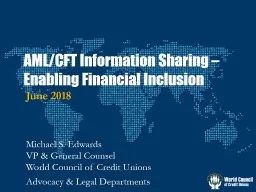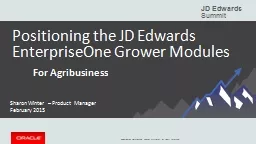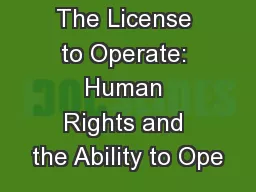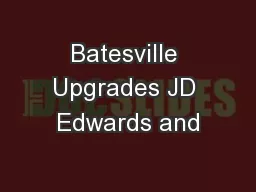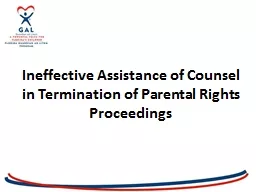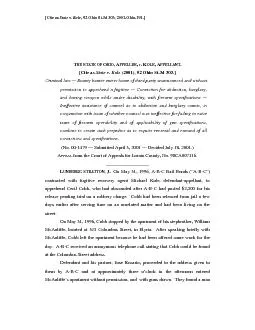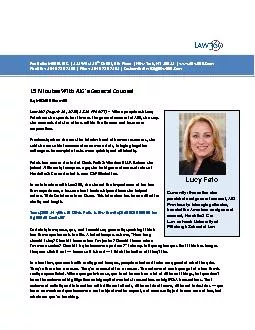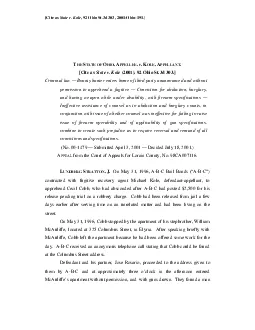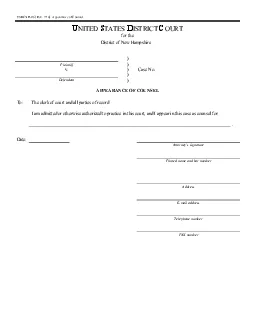PPT-Michael S. Edwards VP & General Counsel
Author : thousandnike | Published Date : 2020-10-01
AMLCFT Information Sharing Enabling Financial Inclusion June 2018 World Council of Credit Unions Advocacy amp Legal Departments Trade Association Advocacy Education
Presentation Embed Code
Download Presentation
Download Presentation The PPT/PDF document "Michael S. Edwards VP & General Coun..." is the property of its rightful owner. Permission is granted to download and print the materials on this website for personal, non-commercial use only, and to display it on your personal computer provided you do not modify the materials and that you retain all copyright notices contained in the materials. By downloading content from our website, you accept the terms of this agreement.
Michael S. Edwards VP & General Counsel: Transcript
Download Rules Of Document
"Michael S. Edwards VP & General Counsel"The content belongs to its owner. You may download and print it for personal use, without modification, and keep all copyright notices. By downloading, you agree to these terms.
Related Documents

